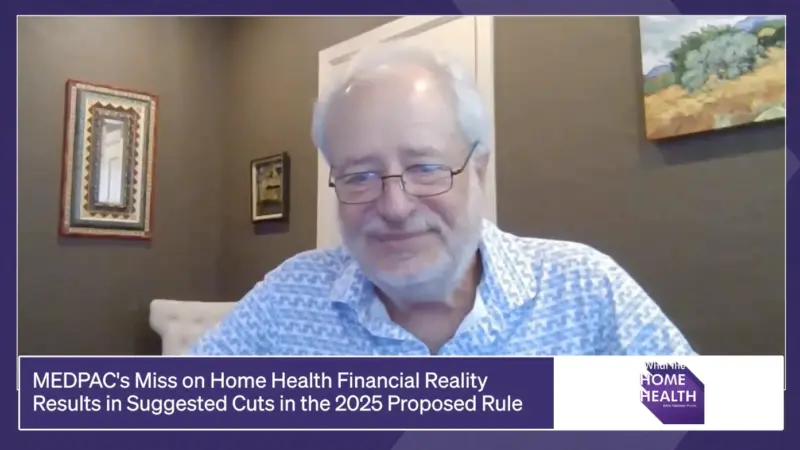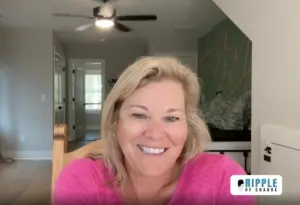The Future of Computer Vision and AI in Clinical and Hospital Settings
Over the last decade, AI-driven computer vision (CV) and machine learning (ML) have become ubiquitous. However, the major trends in both industries began more than two decades ago and continue to shape advances in technology and regulatory changes today. In this episode of Health and Life Sciences at the Edge, Stephanie Cope and Kaleb Kurther – Lab and Life Sciences experts at Intel – discuss the evolution of AI-driven CV and ML, the potential applications of CV and ML in hospital and clinical settings, and how Intel is creating both the hardware and software needed to realize their potential.
Within the last 2 years we have seen even more changes, specifically regarding robotics and automation options that are available to instrument makers and designers today. “Most recently, with the pandemic the ability to test accurately and at scale are paramount today,” Cope said. This includes concepts like the way basic chemistry tasks are performed. Automation like liquid handling robotics is now being integrated into these instruments today, vastly changing and improving the amount of throughput that these instruments can provide in a hospital and clinical setting.
Kurther, who has dealt with automated equipment in high-volume environments, sees a practical use for ML and CV. “Using machine learning can improve diagnostics and prevent errors,” he says. “A lot of times you’re dealing with an error after it happens. We call it coming upon the ‘scene of the crime.’ You ask what happened? How do I prevent this? How do I predict this? Machine learning and computer vision let you walk the timeline back to see exactly what happened.”
Looking five years into the future, both Cope and Kurther are excited about the possibilities. “On the application side, “says Cope, “we’re seeing how integrated genomics can create opportunities for personalized medicine and change how patients are treated.” For his part, Kurther says, “I am a big fan of Moore’s Law. I look forward to all we will be able to do with transistors of the future.”
To continue the conversation with Stephanie Cope and Kaleb Kurther, connect with them on LinkedIn.
For more information, please see Intel’s Business Brief, “Powering the Future of Automated Clinical Chemistry and Blood Bank System” https://intel.ly/3n7a7ne
To learn more about Computer Vision here: https://www.intel.com/content/www/us/en/internet-of-things/computer-vision/vision-products.html
Subscribe to this channel on Apple Podcasts, Spotify, and Google Podcasts to hear more from the Intel Internet of Things Group.







